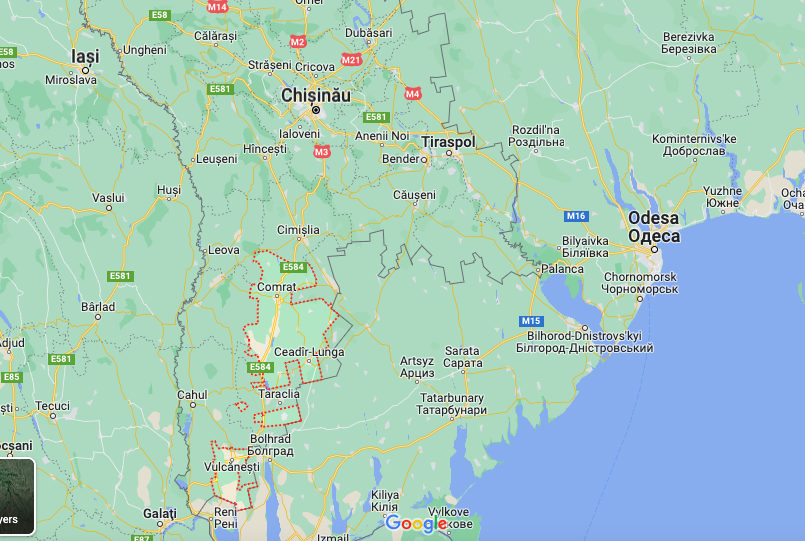
A HotNews.ro correspondent from Moldova visited the autonomous region of Gagauzia, where a representative of the pro-Russian Șor party recently won the elections, and spoke with several locals about Romania, Russia and the investments made in the region by the European Union.
Last Saturday, I spent a few hours in Comrat, the administrative center of the Gagauzia autonomous entity.
The region, officially called “Găgăuz Yeri”, was created in the early 1990s to protect the rights of the Gagauz minority on the territory of the Republic of Moldova.
Today, many residents of Gagauzia are nostalgic for the Soviet Union, speak only Russian (although Romanian is the official language in Moldova, and Gagauz is close to Turkish) and see their future only with the Russian Federation.
And this in the conditions in which Moldova became a candidate country for joining the European Union in June 2022.
Yevgenia Hutsul, a representative of the pro-Russian party “Shor”, which was later banned by the Constitutional Court of Moldova, won the last elections for the position of governor of the region.
Along with several new shopping malls, cafes, modern residential buildings, as well as a recently renovated central park, in Comrat you can see old private houses, as well as a monument to the Bolshevik leader Vladimir Lenin.
However, not everyone I spoke to felt the same way. Some, younger ones, believe that the future of Gagauzia, like the entire territory of the Republic of Moldova, lies in the European Union.
Over the past 10 years, the EU has invested more than 40 million euros in Gagauzia

Gagauz Autonomous Region. PHOTO via Google Maps
In 1994, the Parliament of the Republic of Moldova adopted the Law on the Special Legal Status of Gagauzia, which established an administrative structure, including legislative and executive power headed by the governor, as well as autonomous powers specific to the region.
Currently, the Gagauz Autonomous Region consists of three cities and 23 districts, and the population is more than 155,000 people. The region exports more than 40% of its products to the European Union. These are mostly wine, sunflower oil, wool, leather and textiles.
In addition, over the past 10 years, the European Union has invested more than 40 million euros in several development projects in Gagauzia. It is about the modernization of dozens of kindergartens, schools and other public institutions, the energy efficiency of buildings and the construction of aqueducts.
To find out what people answered to HotNews.ro’s questions, watch the video report above.
- Read also: VIDEO How European is Moldova? Example: Gagauzia, where the EU invests and Russia reaps the benefits
Source: Hot News
Ashley Bailey is a talented author and journalist known for her writing on trending topics. Currently working at 247 news reel, she brings readers fresh perspectives on current issues. With her well-researched and thought-provoking articles, she captures the zeitgeist and stays ahead of the latest trends. Ashley’s writing is a must-read for anyone interested in staying up-to-date with the latest developments.